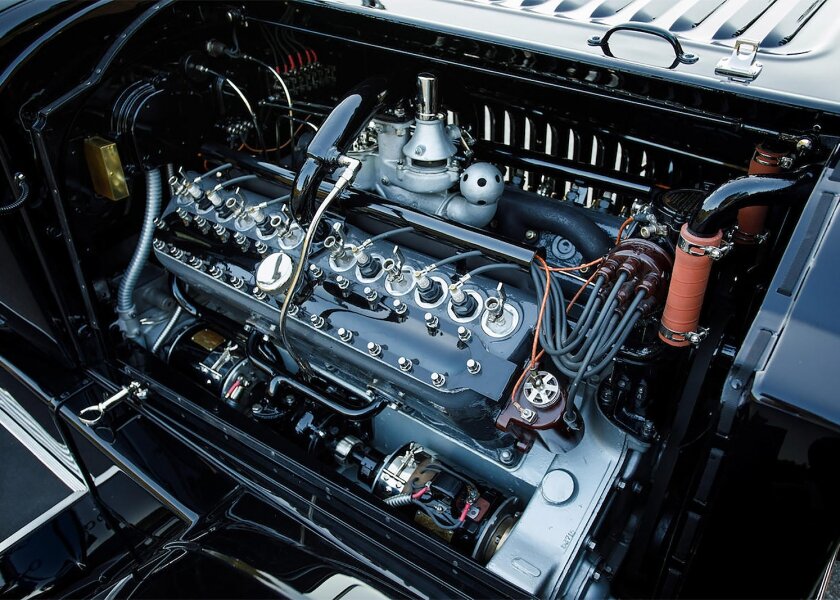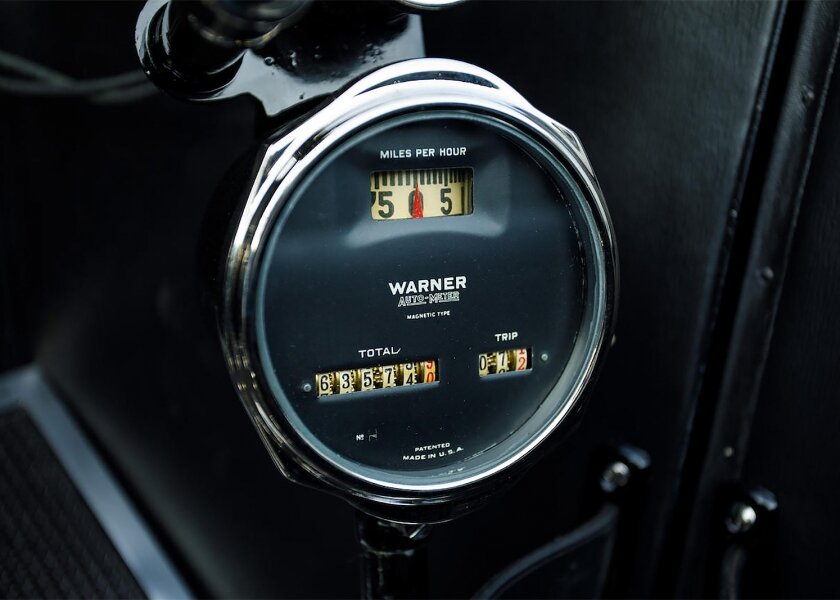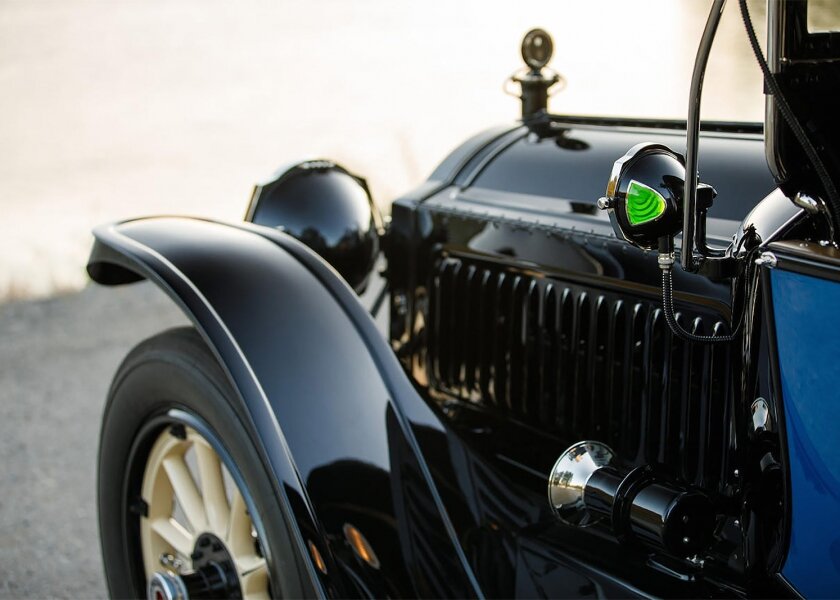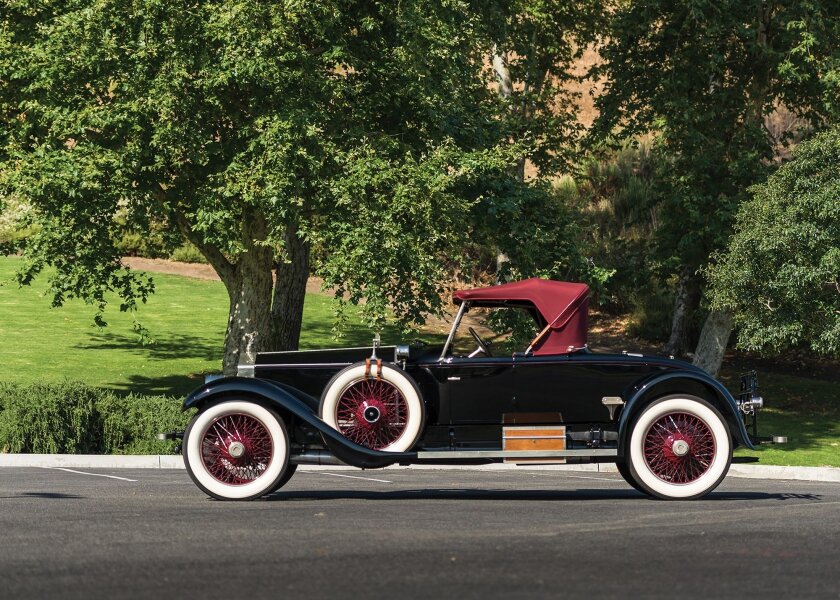1916 Packard 1-25
Twin Six Runabout
Specifications
Engine: 424 ci T-Head V12
Horsepower: 88bhp at 2,600rpm
Transmission: 3-Speed Manual
Suspension: Solid Front Axle – Semi-Floating Rear Axle
Brakes: 2-Wheel Mechanical Brakes
Brothers James and William Packard founded the Packard Motor Company along with partner George Lewis Weiss in Warren, Ohio and built their first car in 1899. The first 400 Packard automobiles were built at their Warren factory. When Henry Bourne Joy, a member of one of Detroit’s wealthiest families, bought a Packard in 1902, he was so enthralled at the car’s reliability that he gathered a group of investors and soon helped Packard move its operations to Detroit.
Packard became the first auto manufacturer to feature innovations like the modern steering wheel and a production V12 engine, with which this 1916 Packard was equipped.
When more everyday automobiles cost between $375 and $650, Packard focused on producing cars that started at $2600 – meaning the marque competed against companies like Mercedes-Benz and Rolls-Royce.
When Packard turned its attention to designs for aircraft engines during World War I, the company decided upon a V-12 configuration for its combination of compactness and power. Packard’s brilliant chief engineer, Jesse Gurney Vincent, had another attribute in mind when he chose the 12-cylinder configuration for a road car: unmatched smoothness. The two blocks, each of six cylinders, were cast as a unit with the heads. At 900 pounds, the new engine weighed 400 pounds less than the previous Six. The engine’s smoothness and tractability left automotive journalists grasping at superlatives. A writer for The Automobile raved that the car would accelerate smoothly from 3 miles per hour in top gear.
The 1-25 Twin Six on display is proof of Packard’s sleek design, and immense attention to detail which the company was recognized for at the time. Details like the cast brake and clutch pedals – items which went overlooked on other cars – were made with the same precision as pieces throughout the rest of the car.
The Packard Club estimates that of the 3,606 examples built on the 125-inch chassis, only 20 exist today, and only 4 of those are Runabouts, with this being the finest example.
























